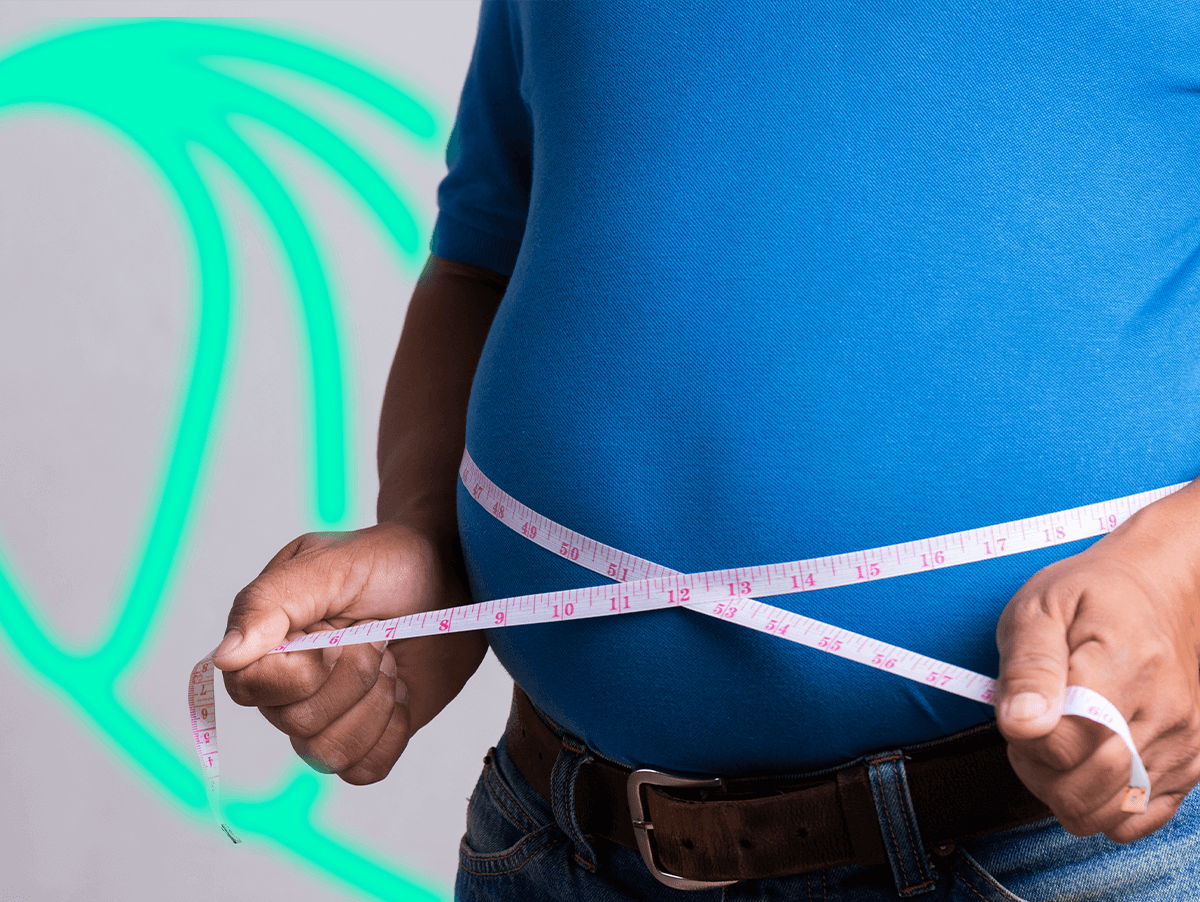Gastric botox, also known as botulinum toxin injection therapy for the stomach, is a medical procedure that involves injecting small amounts of botox (botulinum toxin) into the stomach muscles. The procedure aims to treat certain digestive disorders, such as gastroparesis, a condition in which the stomach does not empty properly, causing symptoms such as nausea, vomiting, and bloating.
What is Gastric Botox Treatment?
Gastric Botox treatment is a minimally invasive procedure in which botulinum toxin is injected into the muscles of the stomach wall. The purpose of this treatment is to reduce the contractions of the stomach, leading to a feeling of fullness and decreased food intake.
Gastric Botox treatment is performed under anesthetic and usually takes about 30 to 60 minutes to complete. During the procedure, a thin, flexible tube (endoscope) is passed through the patient's mouth into the stomach. Botulinum toxin is then injected into the stomach wall muscles using a needle attached to the endoscope.
Who is the Best Candidate for Gastric Botox?
Gastric Botox treatment is recommended for individuals who are overweight or obese and seeking a minimally invasive alternative to other weight loss procedures. The ideal candidate for gastric botox treatment must have some criteria.
- Be Overweight or Obese: This procedure may be effective for individuals with a body mass index (BMI) of 30 or higher.
- Have Tried Other Weight Loss Methods Without Success: Individuals who have tried diet and exercise without achieving significant weight loss may be good candidates for gastric Botox treatment.
- Be in Good Overall Health: Gastric botox treatment is a minimally invasive procedure, but it still carries some risks. Therefore, individuals in good overall health with no underlying medical conditions that could complicate the procedure are the best candidates for this treatment.
- Be Committed to Lifestyle Changes: Gastric botox treatment is not a permanent solution for weight loss, and a healthy lifestyle, including a balanced diet and regular physical activity, is still necessary for long-term weight management.
To determine whether gastric botox treatment is the best option, it is important to discuss individual needs and goals with a qualified healthcare professional.
How is Gastric Botox Treatment Performed?
The Stomach Botox treatment is performed under anesthetic and takes approximately 30 to 60 minutes to complete. There are several stages in the general procedure for gastric botox treatment.
- Preparation: Before the procedure, the patient is given a sedative to help them relax and a local anesthetic to numb the throat.
- Endoscope Insertion: A thin, flexible tube (endoscope) is passed through the patient's mouth into the stomach. The endoscope is equipped with a camera and light that allows the healthcare professional to see inside the stomach and inject botulinum toxin into the stomach wall muscles.
- Botulinum Toxin Injection: Using a needle connected to the endoscope, the surgeon injects botulinum toxin into the stomach wall muscles. The amount of botulinum toxin used will depend on the individual and the desired outcome of the treatment.
- Recovery: After the procedure, the patient is monitored for a short time to ensure that there are no adverse reactions to the sedative or anesthetic. They can then go home and resume their normal activities.
It is important to carefully follow the healthcare provider's instructions after the procedure to ensure the best possible outcome.
What Should Be Considered During Gastric Botox Recovery?
Gastric botox treatment is a minimally invasive procedure and recovery is usually quick and simple. To ensure the healthiest recovery, there are some points to be considered during this process.
- Follow Dietary Restrictions: After the procedure, the doctor may recommend restrictions on eating and drinking. It is important to follow these restrictions carefully to allow the botulinum toxin to take effect and avoid complications.
- Avoid Strenuous Activities: It is important to avoid strenuous activities for some time after the procedure to allow the stomach to heal.
- Follow-up Appointments: Regular follow-up appointments with the healthcare professional are important to monitor the effectiveness of the treatment and make any necessary adjustments.
- Lifestyle Changes: Gastric botox is not a permanent solution for weight loss, and a healthy lifestyle, including a balanced diet and regular physical activity, is still essential for long-term weight management.
If you experience any symptoms after the procedure, such as abdominal pain or nausea, it is important to contact your doctor immediately.

